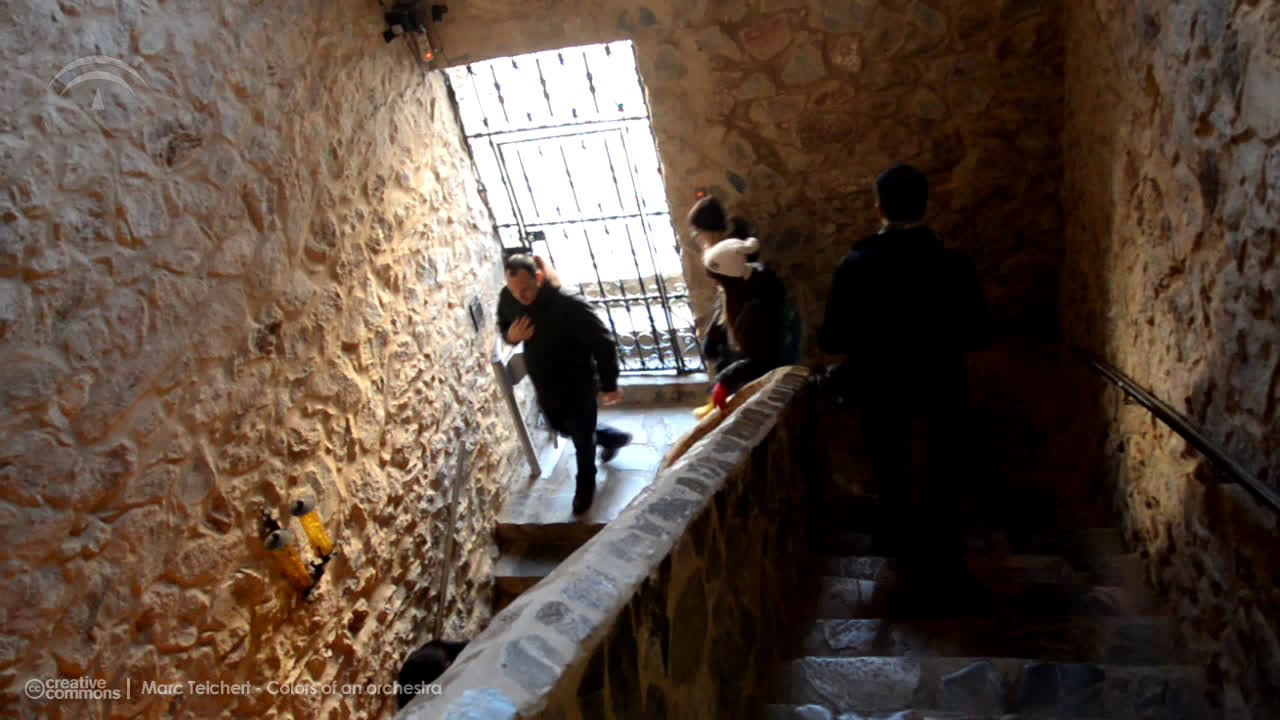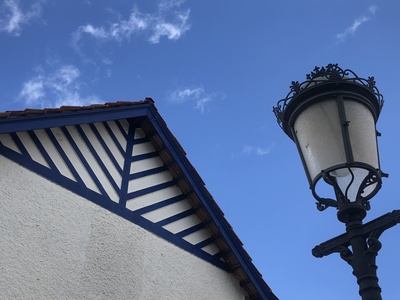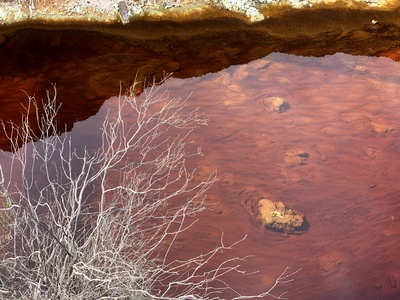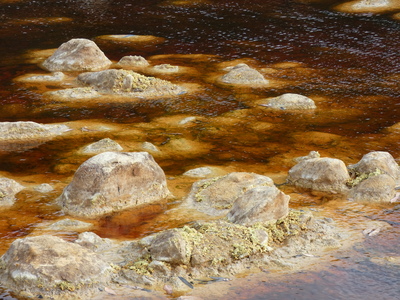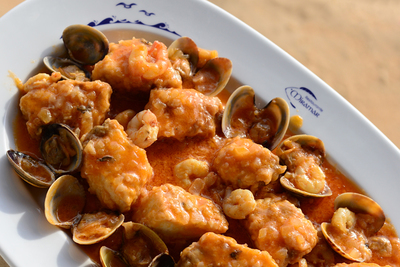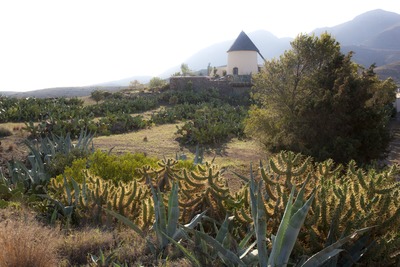José Caballero and Huelva
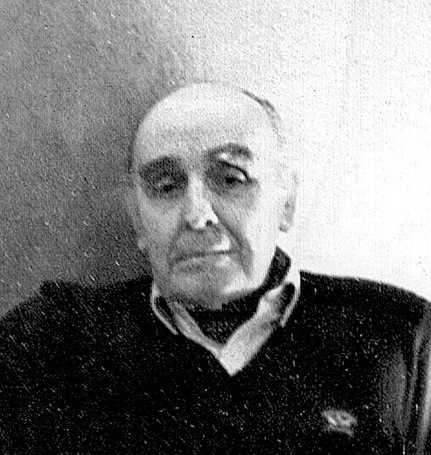
One of the most genuine exponents of the Spanish abstract generation from the second half of the 20th century, with a career that spanned almost all the avant-garde trends.
José Señor (Huelva, 1913 - Madrid, 1991)
Reference point for abstraction
Painter. His work marks a highlight in the evolution of modern Spanish 20th century art, and is characterised by an ongoing search for new artistic language and the creation of his own symbols of a decidedly metaphorical nature (moons, circles, signs) that are continuously transformed through successive variations. His long career, although affected by the violent interruption caused by the Civil War (1936-1939), spanned almost all the major trends in avant-garde art throughout the century: Surrealism, neo-figurative art, informalism… making him one of the most genuine exponents of the Spanish abstract generation in the second half of the 20th century.
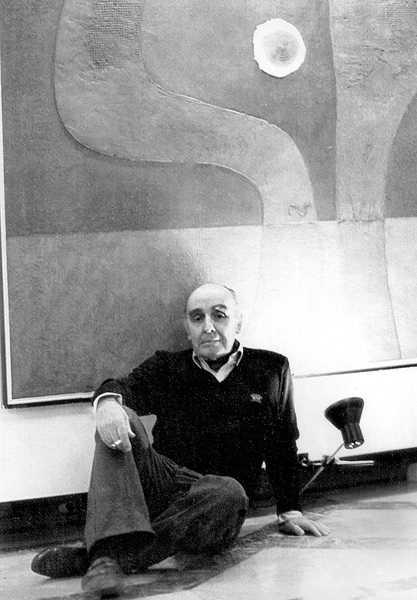
José Caballero was born in Huelva on 11 June 1913, the eldest son of a well-to-do family with a successful pharmaceutical business in the city centre.
As an adolescent he had his first contact with the Generation of '27. In the summer of 1930 he met Daniel Vázquez Díaz while the latter was painting the frescos in the Monastery of La Rábida, and the following autumn he moved to Madrid to study engineering and managed to become an apprentice in the studio of the prestigious artist from Nerva, which would be an essential step for him.
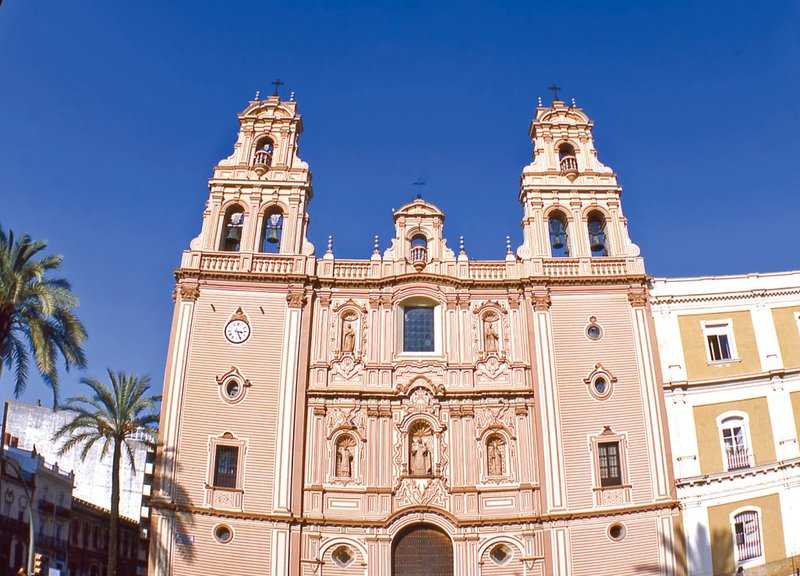
Caballero joined the circle of friends of García Lorca, which included the great poets of '27 and Pablo Neruda, who came to Madrid in 1934 and who became a great friend of the young man from Huelva. He joined the La Barraca university theatre group directed by Lorca, and had daily experience of the Surrealist gatherings at the Casa de las Flores led by the Chilean poet, and it was at this time that José Caballero was given a stunning assignment by Lorca to create the poster for the première of Yerma at the Teatro Español.
Part of his work can be found in several museums throughout the world, including the Rufino Tamayo Museum (Mexico), the Texas Memorial Museum (Austin, Texas, United States), the Andalusian Contemporary Art Centre in Seville, the Reina Sofía National Art Centre (Madrid) and the collection of the Chase Manhattan Bank (New York, United States). and others. In the final years of his life he received major prizes and tributes like the National Visual Arts Prize (1984) and the Regional Government of Andalusia Visual Arts Prize (1990); the Fine Arts Gold Medal and the title of Honorary Citizen of Andalusia (both in 1989) and Honorary Citizen of Punta Umbría (1990), the coastal town in Huelva where he spent the summers as a child.
Contemplating the estuary
The city of Huelva would remain etched in his mind for the rest of his life. A city with simple buildings not more than three floors high, with narrow streets, roasted by the sun in summer, which led into little squares adorned with palm trees, and Baroque churches with hardly any decoration.

As a child José liked playing in the Plaza de las Monjas, strolling in the harbour while contemplating the estuary and the infinite sea through the railings, and watching the boats, the trucks from the mines and daydreaming about the far-off worlds from where these ships had travelled.
Summers spent in Punta Umbría
José loved to ride in his father's car, a red "Fiat” which in Huelva was most unusual. His father used to travel to Almonaster, a town in the Huelva mountains where his family had a pharmacy and where they spent part of the summer. Although as a child he was never very enthusiastic about the countryside or the mountains as he felt rather uncomfortable there and especially because he preferred the immensity of the sea, in Almonaster he enjoyed himself and always remembered it with affection. But the holidays he really preferred were those spent on the beach in Punta Umbría, a small town near Huelva that had been built by the English who owned the mines and to get there involved crossing the estuary in an enormous canoe because the roads had not yet reached there. The time spent in Punta Umbría were for José a constant source of pleasure: bathing in the sea, swimming, contemplating the horizon from where he imagined you could see the whole of America, and going with friends to the open-air cinema made the summer a most pleasant time.
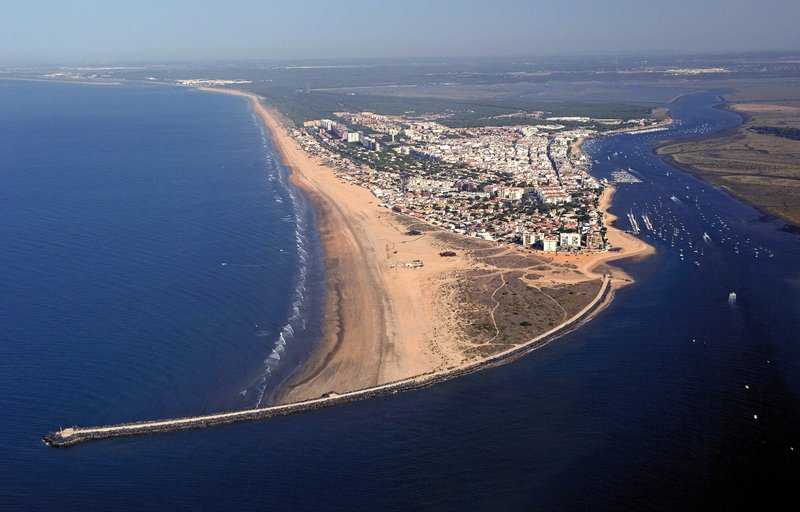
In Punta Umbría the Casa de los Ingleses remains as a witness to the presence of British working the mines in the area. Inside the house you can trace the history of the British presence in Huelva from their arrival in Ríotinto to the creation of the Health Neighbourhood in Punta Umbría, explaining the influence of this colony on the town.
Sands and salt flats
Caballero enjoyed the immensity of the sea at the beaches of Punta Umbría. One of his favourites was the beach of Los Enebrales, located in the Natural Site of Los Enebrales, but we also often went to La Bota and El Portil.
In the Punta Umbría Estuary, made up of the tributaries of the rivers Tinto and Odiel and the waters of the Atlantic Ocean which penetrate the banks formed by the sand spit, you'll find the Isla Saltés natural environment.
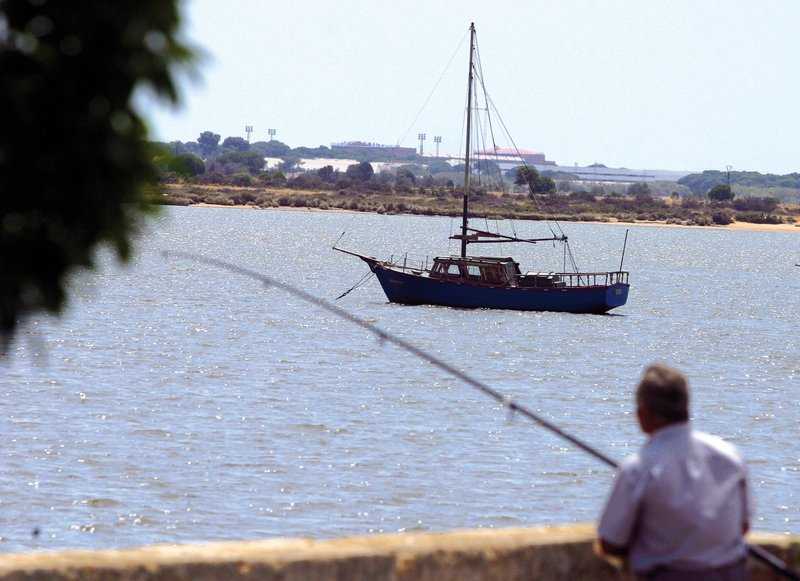
The Estuary was the only means of communication that existed between Huelva and Punta Umbría, and this led to the creation of a scheduled boat service between these two places: these were the popular Canoes. Today these popular Punta Umbría Canoes still cover this route, but only in summer. Nevertheless, this journey across the Punta Umbría Estuary, which passes through settings of incomparable beauty, help to maintain one of the most traditional images of the area.
You really should visit the Astur Salt Pans which have now also become a bird-watching sanctuary.


